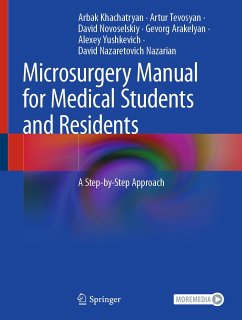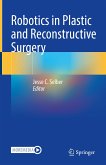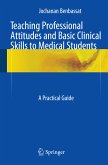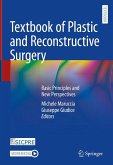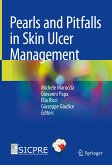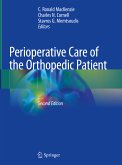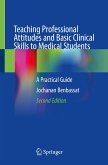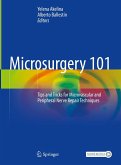This book provides a practically applicable guide on how to develop essential microsurgery skills and successfully perform a range of procedures. Emphasis is placed within each chapter on equipping the reader with the necessary information to enable them to develop a strong foundational knowledge of every technique covered with clear step-by-step guides on how to perform a range of methodologies. Helpful tips are provided on how to avoid common pitfalls and enhance skill acquisition. Accompanying video material also reinforces the key points detailed. Topics covered include how to develop skills utilizing the porcine model of flap harvesting along with the use of animal models for techniques such as vascular anastomoses, anesthesia, and exposure of relevant recipient vessels.
Microsurgery Manual for Medical Students and Residents is a detailed resource on how to acquire core microsurgery skills, making it an ideal resource for medical students and trainees seeking a resource on how to further develop their skills.
Microsurgery Manual for Medical Students and Residents is a detailed resource on how to acquire core microsurgery skills, making it an ideal resource for medical students and trainees seeking a resource on how to further develop their skills.
Dieser Download kann aus rechtlichen Gründen nur mit Rechnungsadresse in A, B, BG, CY, CZ, D, DK, EW, E, FIN, F, GR, HR, H, IRL, I, LT, L, LR, M, NL, PL, P, R, S, SLO, SK ausgeliefert werden.

